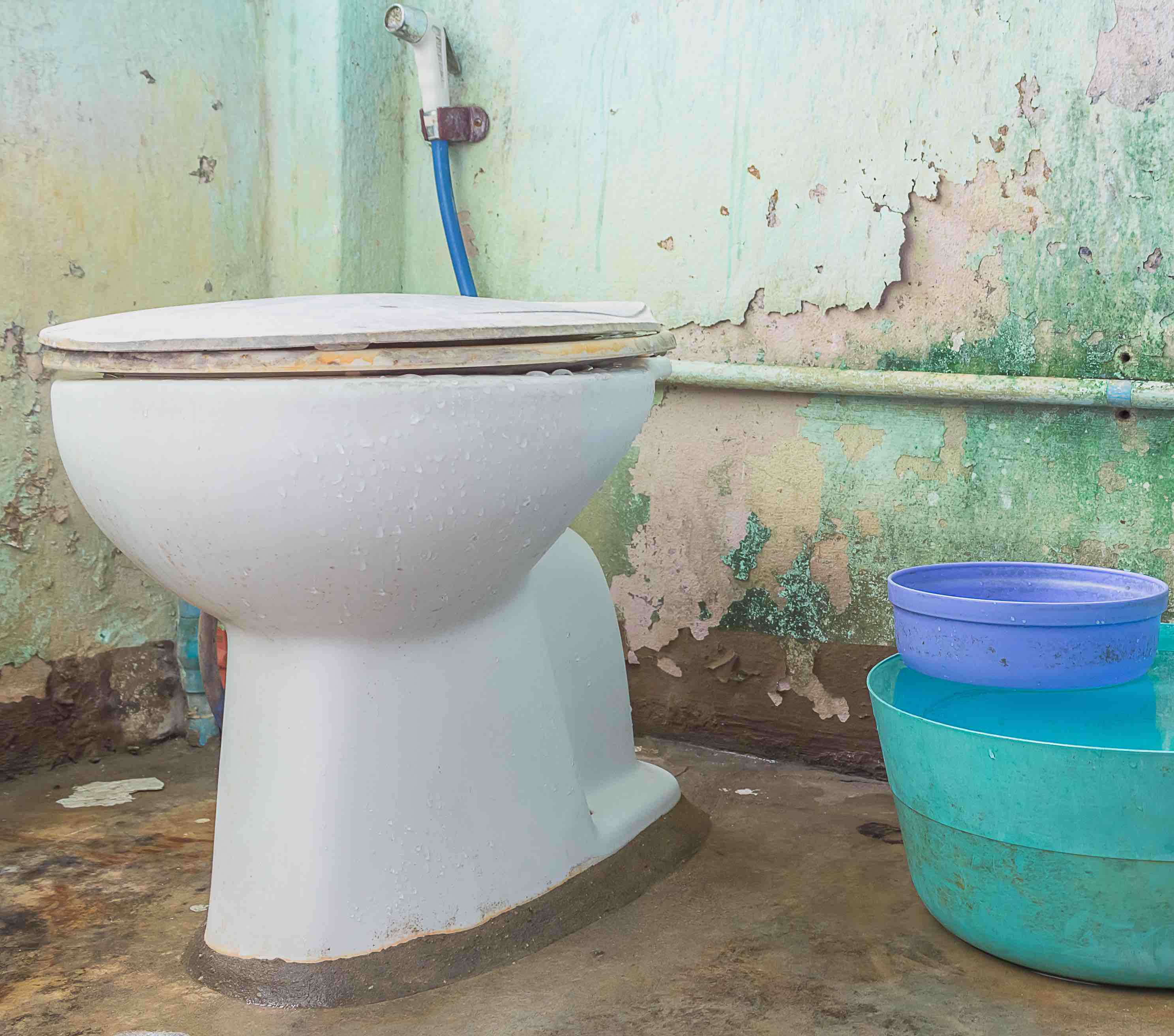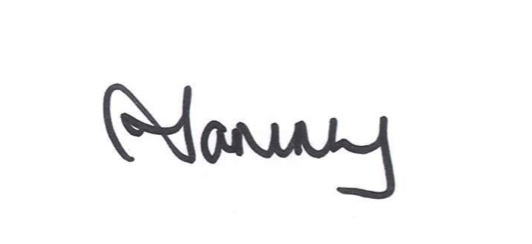
Of all the chapters in my book Do What You Say You’ll Do – a book for new leaders and those reinventing their leadership style, the “Would I Sit On that Toilet Seat” Test gets the most attention.
That is, would I expect my team to do something I wouldn’t do? Would I expect them to work in conditions that I wouldn’t work in?
There are different examples of this. Some physical – such as the state of the toilets/change rooms/tea rooms. Some about expectations, particularly during periods of high pressure and stress.
It happens. There are examples of shocking toilets/change rooms/tea rooms; in manufacturing facilities, in retail, in banking and finance, in franchise operations.
But here’s the thing, it’s impossible to expect motivated, engaged employees when basic safety and hygiene needs are not being met.
If you wouldn’t sit on the toilet seat (or make a tea from that kettle, why should you expect your employees to do so?
The other part of the test – the expectations – some of that, of course, goes with the job. There will be times where there is high pressure; where tenders are due in, end of year accounting, the end of a big project.
So, it is not about the fact that high expectations and pressure exist – but, what are you doing as a leader to be leading from the front during those times?
What would you expect in those circumstances?
Acknowledgement of the hours? A thank you for effort above and beyond? Sufficient food and refreshments to get through the evening hours?
Every leader I have ever interviewed has told me that they are being watched, and mentally critiqued by their employees. And that will be true for you too.
One of the examples I cite in the book was of a high pressure IT project that was going live. In the last few weeks, employees were essentially working around the clock. One senior manager was there, every night – helping out, making sure there was enough food, sending people home when they were too tired to be productive any more. The other, popped in once or twice, didn’t know the names of any of the employees and was very much superficially leading from the front.
So this week, what’s one thing you can do to look at the physical environment and expectations you have of your employees?
If you were to look at you through their eyes, what would you see?
Any changes you might like to make?
Until next week, happy leading,


